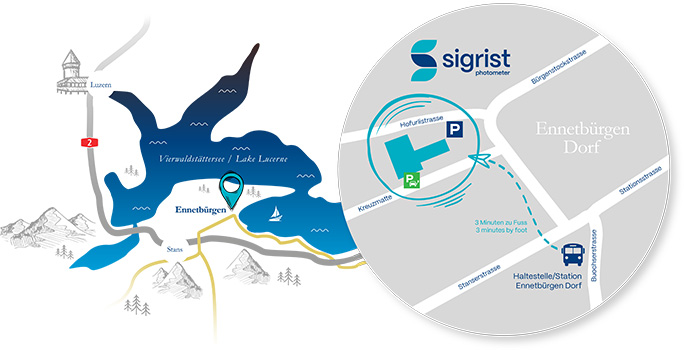An old term which is only rarely used today. Visibility is defined as the maximum distance at which the human eye is able to distinguish an object against its background. The ability to do so depends on the contrast, i.e. the brightness difference between object and background:
$C = \frac{B_{h}-B_{0}}{B_{h}}$
Bh and B0 represent the brightness of the background and the object respectively. So an observer will be able to make out an obstacle if the contrast against the background is greater than the eye's brightness contrast threshold. The latter generally has a value of 0.02, which means that the brightness difference has to be at least 2% for the eye to distinguish an object.
A practical application of visibility determination is the monitoring of air cleanness in road tunnels.
